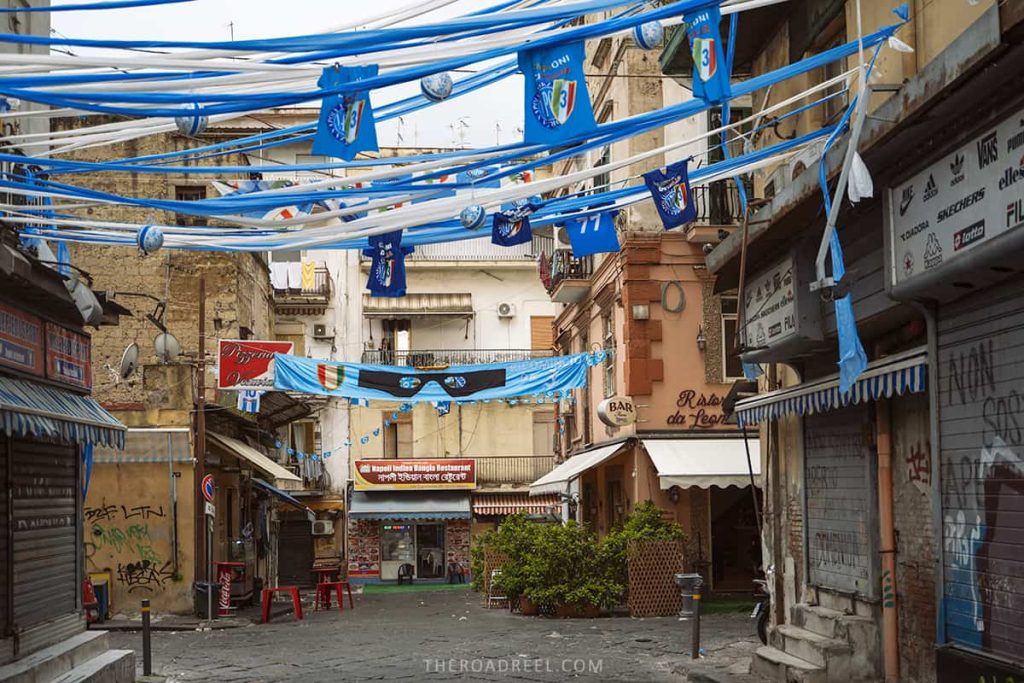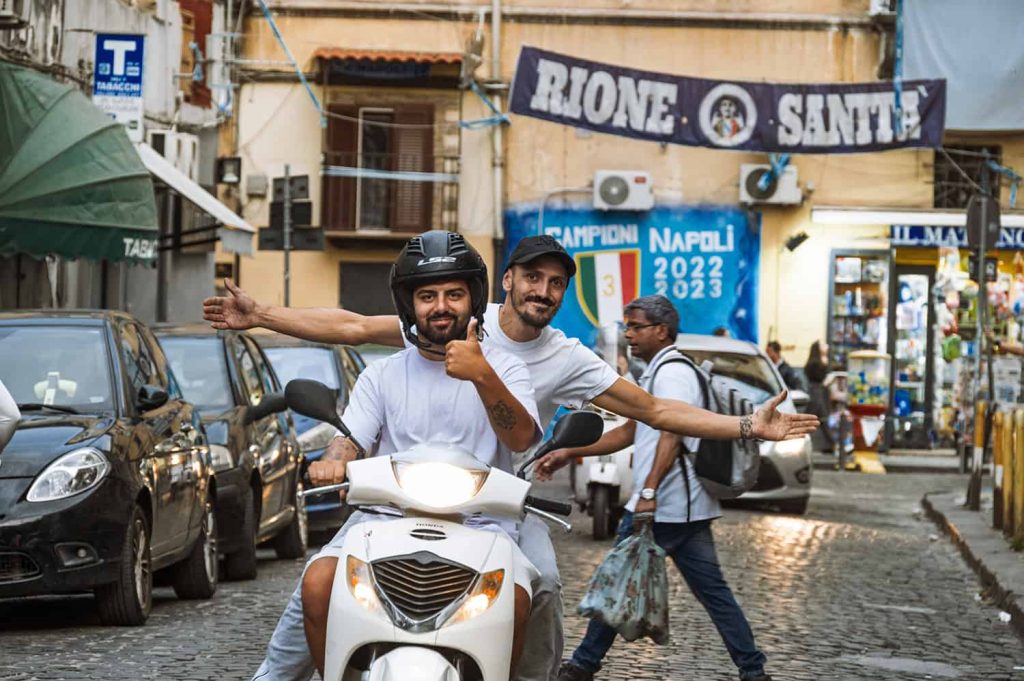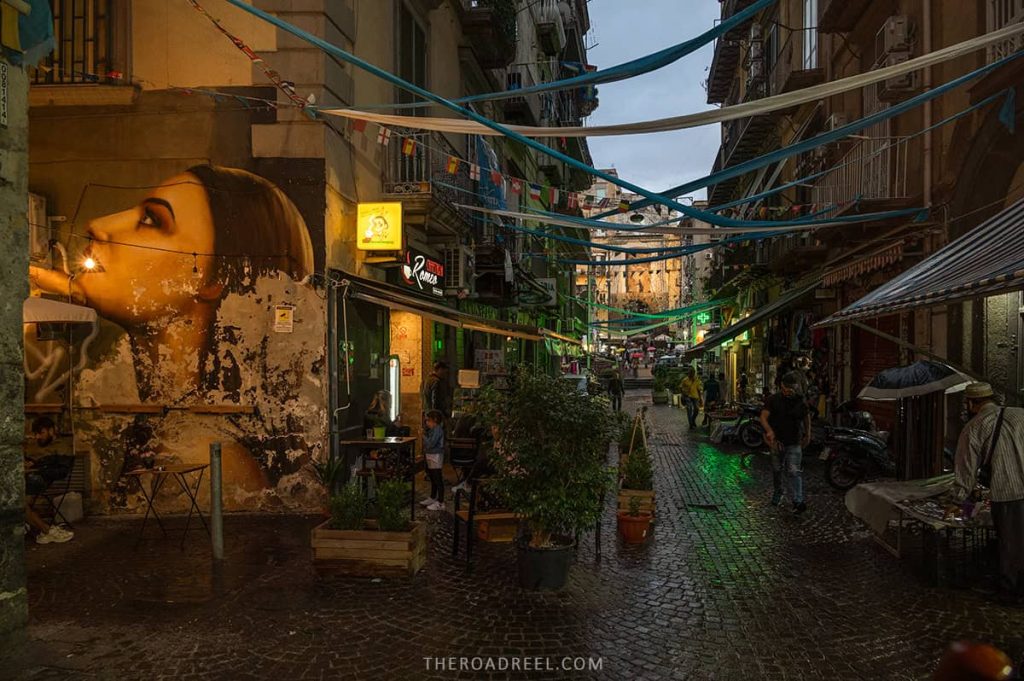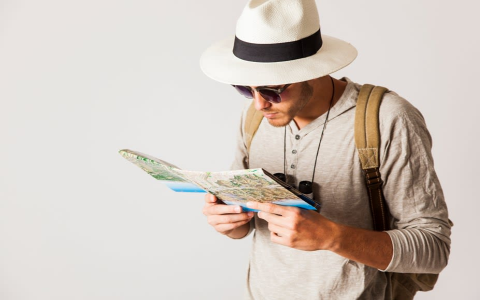Alright, let’s talk about figuring out where not to wander off to when you’re in a city you’ve never seen before. It’s something I’ve had to get a handle on myself, mostly through trial and, well, avoiding error.

So, the first time I really thought about this seriously was before a trip to a big European city a few years back. I realized I knew nothing about the place beyond the main tourist spots. Where do folks actually live? And more importantly, where should I probably avoid, especially at night? Just landing there blind felt kinda dumb.
Starting Broad, Getting Annoyed
My first move was pretty basic. I just started Googling things like “safe neighborhoods in [City Name]” or “areas to avoid in [City Name]”. Honestly? A lot of it was pretty generic. You get lists from big travel sites, maybe some official tourism board stuff. It’s okay, gives you a very rough idea, like maybe pointing out the main train station area can be sketchy late at night. But it didn’t feel like real, ground-level information. It felt too polished, you know?
Digging into the Weeds Online
So, I had to go deeper. What I found more helpful was looking for forums or discussion boards where people actually live there, or expats who’ve been there a while. Think platforms like Reddit – specific subreddits for the city. I’d search for terms like “moving to”, “living in”, “safety”, “neighbourhood advice”.
This took time. You gotta sift through opinions. Someone might call a place dodgy just because it’s not full of fancy cafes. Someone else might have had one bad experience and write off a whole area. You learn to look for patterns, multiple people mentioning the same streets or areas as being a bit rough or places they wouldn’t walk alone after 10 PM.
Getting Visual with Maps
Okay, reading is one thing, but seeing is another. I started pulling up online maps. Not just the basic map, but switching to satellite view and, crucially, street view. I’d virtually “walk” around some of the areas mentioned online, both the supposedly “good” and “bad” ones.

What was I looking for? It’s not an exact science, more of a vibe check:
- Are the buildings generally well-kept, or are there lots of boarded-up windows and decay?
- Is there excessive graffiti (beyond artistic murals)?
- Do lots of ground-floor windows have heavy bars or shutters? (This can be cultural, but sometimes it’s a sign).
- What kind of businesses are around? Lots of pawn shops, cheque cashing places, or is it cafes and boutiques?
- Does it look deserted even during the day on street view?
Again, it’s about patterns, not just one single thing. This gave me a much better mental picture of the city’s layout and feel.
The Real Gold: Asking Actual Humans
Online stuff gets you maybe 70% of the way there. The real key, I found, is asking people once you arrive. Forget being shy.
When I check into a hotel or hostel, I make a point to chat with the staff. Not just “Is it safe around here?” because they’ll usually say yes. I ask more specific things, like:
- “I was thinking of walking towards [Landmark/Area] later this evening, is that generally okay?”
- “Are there any specific streets or blocks right around here I should probably avoid after dark?”
- “If I’m coming back late from [District], what’s the best way? Is the subway okay at that hour?”
Taxi drivers can sometimes be good sources too, though take it with a grain of salt. Shopkeepers in small, local stores away from the tourist centre might also give you an honest take if you strike up a conversation.

Putting It All Together
So, in the end, it’s not one single trick. It’s layering all this information. You take the general online advice, filter it through the discussions on forums, cross-reference with what you can visually see on maps, and then confirm or adjust based on what locals tell you on the ground.
And honestly? Trust your gut. If you walk into an area and it just feels off, even during the day, don’t push it. It’s okay to turn around and walk back the way you came. My goal isn’t to explore every single corner, it’s to have a good, safe trip. This whole process has helped me do that. It takes a bit more effort upfront, but it’s worth it for the peace of mind.









